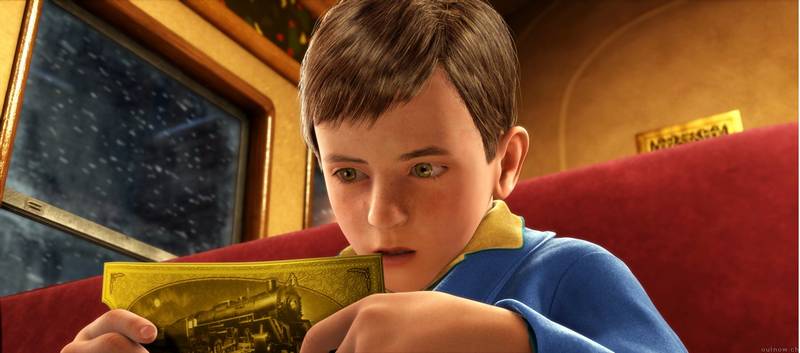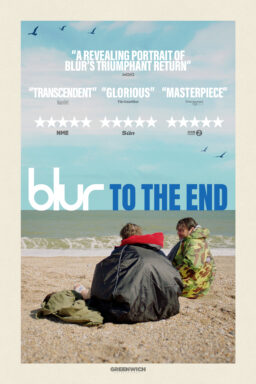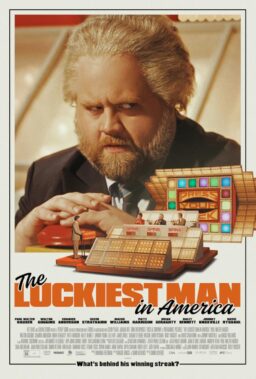The motion picture was invented before 1900, but “the movies” as we know them are entirely a 20th century phenomenon, shaping our times and sharing these 100 years with us. This was the first century recorded for the eyes and ears of the future; think what we would give to see even the most trivial film from the year 1000, and consider what a gift we leave.
This list of the 10 most influential films of the century is not to be confused with a selection of the century’s best, although a few titles would be on both lists. As film grew into an art form, these were the milestones along the way.
“Kid Auto Races at Venice”
In 1913, there were no Charlie Chaplin movies. In 1914, he made no fewer than 35, in an astonishing outpouring of energy and creativity that made Chaplin the first great star. Stardom was to become so inseparable from the movies that it is startling to realize that many early films had unbilled performers. In the earliest days just the moving picture was enough; audiences were astonished by moving trains and gunshots. Then Chaplin and his contemporaries demonstrated how completely the movies could capture a unique personality.
D.W. Griffith’s 1915 film is a tarnished masterpiece, a breakthrough in art and craft, linked to a story so racist, it is almost unwatchable. This was the film that defined the film language, that taught audiences and filmmakers all over the world the emerging grammar of the shot, the montage and the camera. At 159 minutes, it tilted Hollywood’s balance away from shorts and toward the more evolved features that would become the backbone of the new art form. What a shame that it also glorified the Ku Klux Klan.
Sergei Eisenstein’s 1925 film about a revolutionary uprising of Russian sailors was considered so dangerous that it was still banned decades later in some countries, including its native Soviet Union. It demonstrated Eisenstein’s influential theory of montage – of the way images took on new meanings because of the way they were juxtaposed. “Potemkin” also demonstrated the power of film as politics, polemic and propaganda – power that many regimes, not least the Nazis, would use to alter world history.
“You ain’t heard nothin’ yet!” Al Jolson promised in 1927, and movies were never the same. The first talkie was released that year (actually, it was a silent with sound passages tacked on), and although silent film survived through 1928 (“the greatest single year in the history of the movies,” argues director Peter Bogdanovich), the talkies were the future. Purists argued that sound destroyed the pure art of silent film; others said the movies were a hybrid from the beginning, borrowing whatever they could from every possible art and science.
“Snow White and the Seven Dwarfs”
Eisenstein himself called Disney’s 1937 animated feature the greatest film in history. Excessive praise, but world audiences were enthralled by the first full-length cartoon. Animation was as old as the movies (the underlying principle was much older), but Disney was the first to take it seriously as a worthy style for complex characters and themes. Disney’s annual features continue to win enormous audiences and have grown in artistry and sophistication; audiences, alas, seem resistant to animation by anyone else, despite some recent success by the geniuses of Japanese anime.
If “The Birth of a Nation” assembled all the breakthroughs before 1915, Orson Welles’ 1941 masterpiece was the harvest of the emerging art form. It was not the first to use deep-focus photography, or overlapping dialogue, or interlocking flashbacks, or rotating points of view, or trick photography, or a teasing combination of fact and fiction, or a sampling of genres (newsreel, comedy, drama, musical, biopic), or a charismatic director who was what the French later defined as an auteur. But in the way it assembled the pieces, it dazzled audiences and other filmmakers and so fully exploited its resources that “Kane” is often voted the greatest of all films.
“Shadows”
John Cassavetes’ film was a salvo that shook Hollywood to its foundations. Renting a 16mm camera and working with friends on a poverty budget, he made a film totally outside the studio system. That had of course been done before, but “Shadows” was the symbolic standard-bearer of the emerging New American Cinema movement, which gave birth to underground films and to today’s booming indie scene. Cassavetes demonstrated that it was not necessary to have studio backing and tons of expensive equipment to make a theatrical film.
There had been blockbusters before, from “The Birth of a Nation” to “Gone With the Wind” to “Lawrence of Arabia.” But George Lucas’ 1977 space opera changed all the rules. It defined the summer as the prime releasing season, placed a new emphasis on young audiences, used special effects, animation, computers and exhilarating action to speed up the pacing, and grossed so much money that many of the best young directors gave up their quest for the Great American Film and aimed for the box office crown instead. Now most of the top-grossers every year follow in “Star Wars” footsteps, from “Armageddon” to “The Matrix” to “Titanic.”
This delightful 1995 computer-animated feature may have been the first film of the 21st century. It was the first feature made entirely on computers, which allowed more realistic movement of the elements and the point of view, and characters that were more three-dimensional in appearance. Someday, computer-animated movies may be able to re-create “real” human actors and settings. Whether or not that is desirable, “Toy Story” demonstrated that the possibility was on the horizon. If films shift from celluloid and flesh and blood to the digital domain, this one will be seen as the turning point.
Important not for its entertainment value, which was considerable, but for what it represented in technical terms. Released last summer, it was the first indie blockbuster, a film made for about $24,000 and shot entirely on inexpensive hand-held cameras (one film, one video), which grossed more than $150 million. The message was inescapable: In the next century, technology will place the capacity for feature filmmaking into the hands of anyone who is sufficiently motivated, and audiences will not demand traditional “production values” before parting with their money.
There is not one conclusion, but two. Films are getting bigger and smaller, cheaper and more expensive, both at once. While mass-marketed blockbusters dominate the market, independent directors have the ability to make their own films almost by hand. Digital techniques are crucial to both trends. Will the future belong to “Star Wars” clones made with “Toy Story” techniques? Or to films made in the tradition of the early Chaplin quickies (some shot in a day), the Cassavetes-inspired independents and the “Blair Witch” technology? It belongs to both, I think. Which will be interesting.











